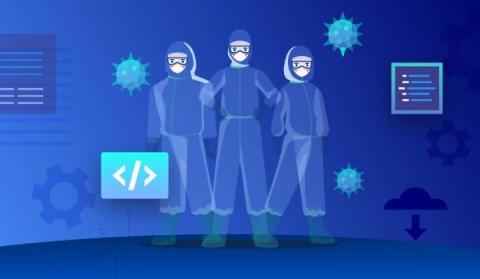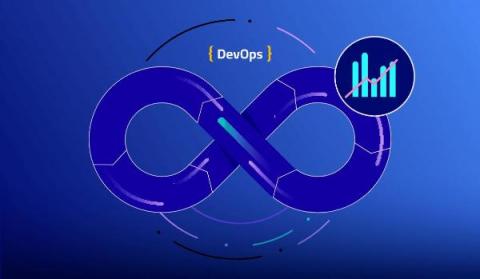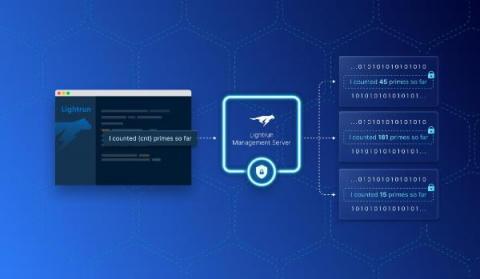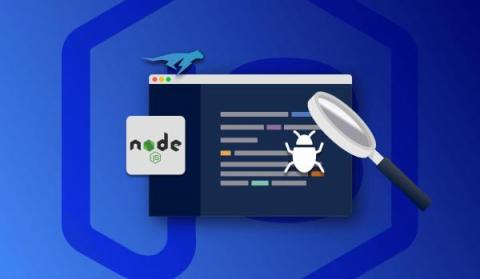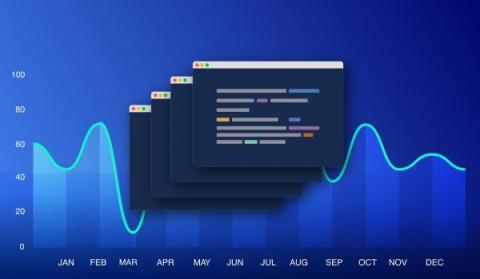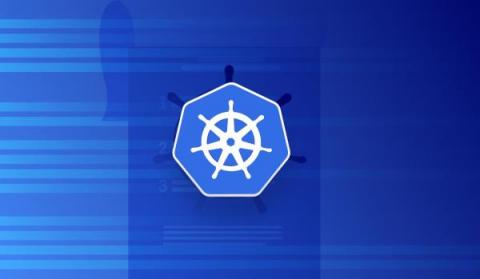How Covid-19 has Impacted the Software Developers
In 2020, the Covid-19-induced lockdown forced all companies to rely on the Work from Home (WFH) policy as an important measure for business continuity. It was an easy transition for the software and IT professionals compared to other industries. However, switching to WFH wasn’t as simple as a one-click operation. There were challenges in WFH, spanning from technical issues to infrastructure setup, as well as in managing the physical and mental well-being of the workforce.


